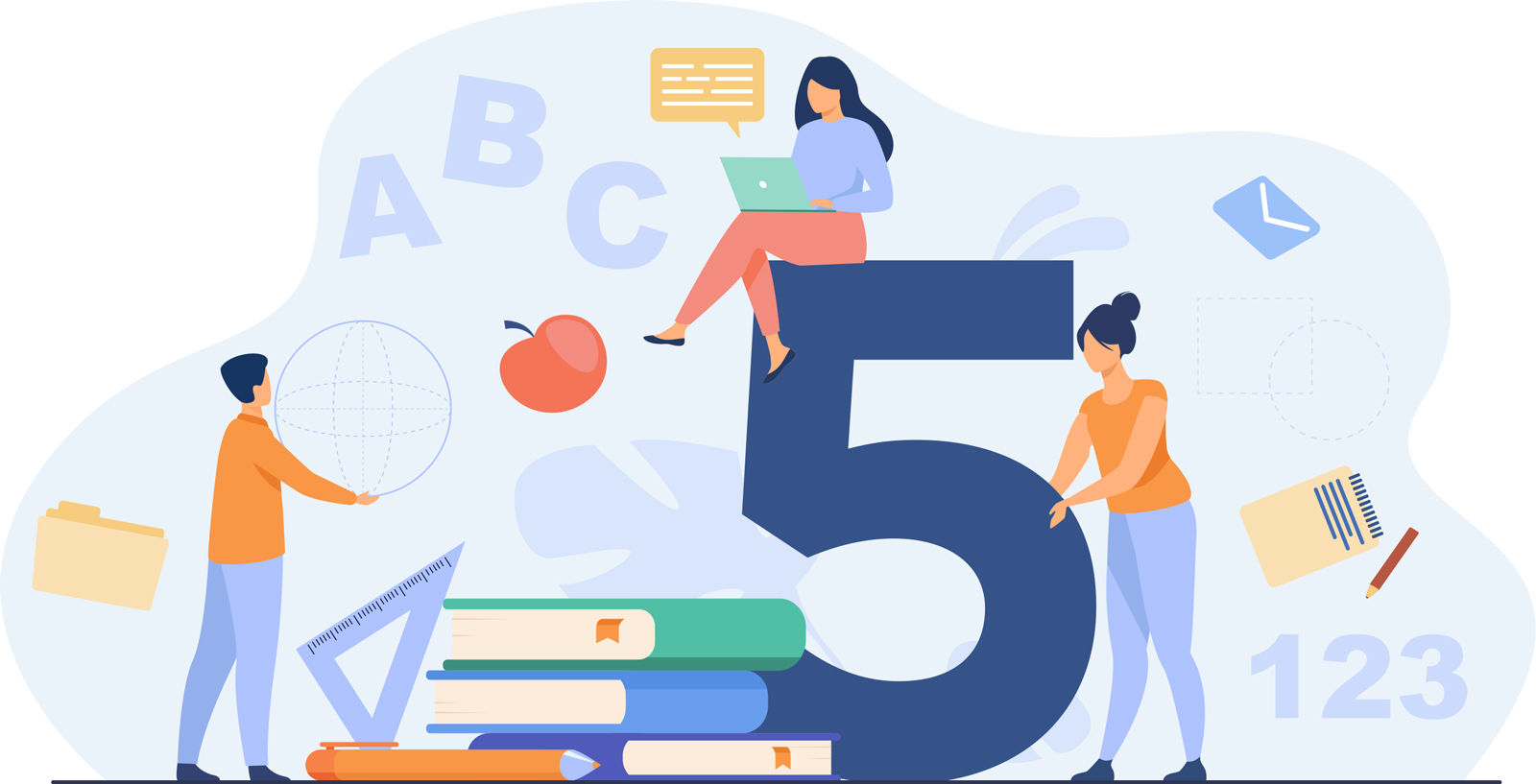As educators, it has become increasingly important to meet the needs of every learner. But practically speaking, what does that look like? Understanding how to create a supportive classroom and utilizing special education teaching methods are key to developing an environment that breeds success. Here are five tools and resources for special education teachers and administrators:
1: Differentiated Instruction
Differentiated instruction in special education is essential to ensuring student success. It’s a teaching method that steers all students toward the same learning objectives while giving them the freedom to determine how they get there. Recognizing that not all students learn the same way means teachers can organize students into groups based on how they prefer to learn. When deployed correctly, it can bring struggling students up to speed, allow gifted students to learn at a pace that suits them, and integrate a student’s individual accommodations. Despite perceptions that differentiation adds to teachers’ workload, differentiation doesn’t have to require a lot of extra planning.
2: Assistive Technology
Assistive technology refers to devices or services that help students with disabilities learn, communicate, or function more effectively. Thanks to advances in technology, these are a great complement to special education teaching methods. They can encompass voice-to-text tools, graphic organizers, screen readers, personal amplification devices, communication boards, pencil grips, and much more to support the needs of all learners. When it comes to assistive technology in special education, the options can be limitless!
3: Positive Behavior Supports
Positive behavior support (PBS), also known as Positive Behavior Interventions and Supports (PBIS), can lead to social emotional competence, academic success, and a healthy school climate for all students, enhancing their overall performance and long-term outcomes. PBS is a key behavioral intervention in special education as it teaches students new skills and alternative responses to less desirable behavior. An evidence-based framework, PBS focuses on creating positive, consistent, and safe learning environments that promote students' academic and social growth while preventing challenging behaviors rather than punishing them.
4: Co-Teaching Models
Co-teaching involves two or more certified professionals working together to share instructional responsibility for a single group of students. With six strategies to choose from, it is geared toward enhancing individualized instruction in the general education setting while providing additional support for students with special needs. This model prioritizes collaboration between co-teachers to ensure students with diverse learning needs are able to increase their understanding of the subject matter at hand. It can be especially effective for special education students, because it provides opportunities for instruction tailored to their specific needs.
5: Universal Design for Learning
Another area in which special education administrators and educators can make a difference is by applying universal design for learning (UDL) concepts to the school environment. Rooted from the idea that all architecture must be designed to accommodate diverse individual needs, UDL says that we should anticipate diversity in the classroom. This means considering how students process information, how students engage within the learning environment, and how students convey their learned knowledge. This also means considering cultural barriers, language barriers, and physical, emotional, and mental abilities and how they may impact a student’s approach to learning. When the focus is on ensuring students reach the same goal while providing flexibility in how they reach that goal, it inherently becomes an inclusive classroom conducive to learning and growth.
All of these tools and resources can work together to provide optimal support for students and educators alike. The methodology and research behind these different approaches can also be examined further in a special education graduate degree program — along with ways to measure the efficacy of such approaches to ensure that students are achieving academically and behaviorally.
If you’re interested in furthering your understanding and capabilities within the field of special education, a special education masters or doctoral program could be the right next step for you. At the George Washington University’s Graduate School of Education and Human Development (GSEHD), the curriculum prioritizes disability studies, diversity, and inclusion in special education to create classroom environments that meet the needs of every learner. You can also choose from one of four graduate certificate programs. To learn more about our programs, request information from a GSEHD admissions coach to learn more today.







